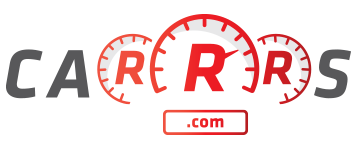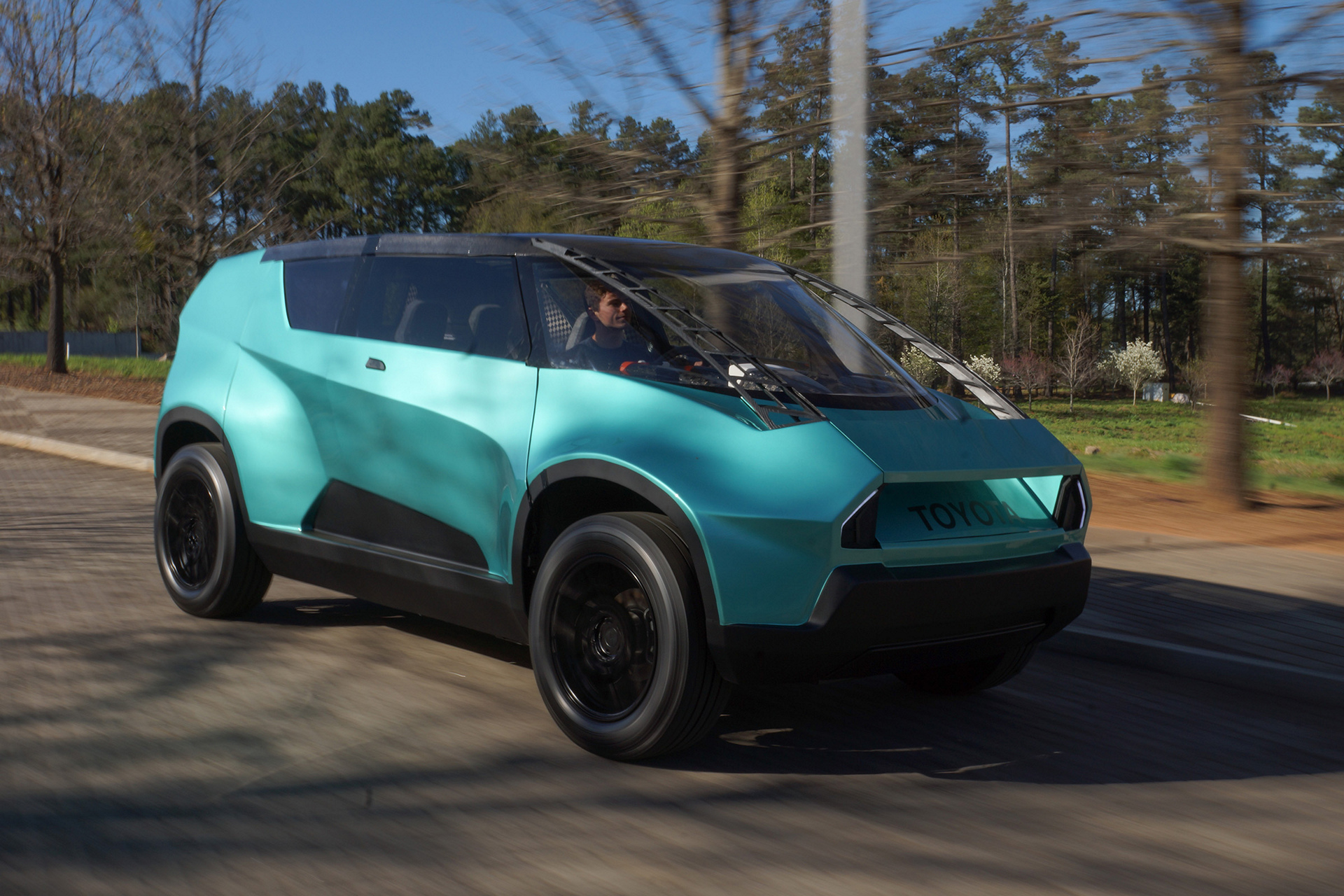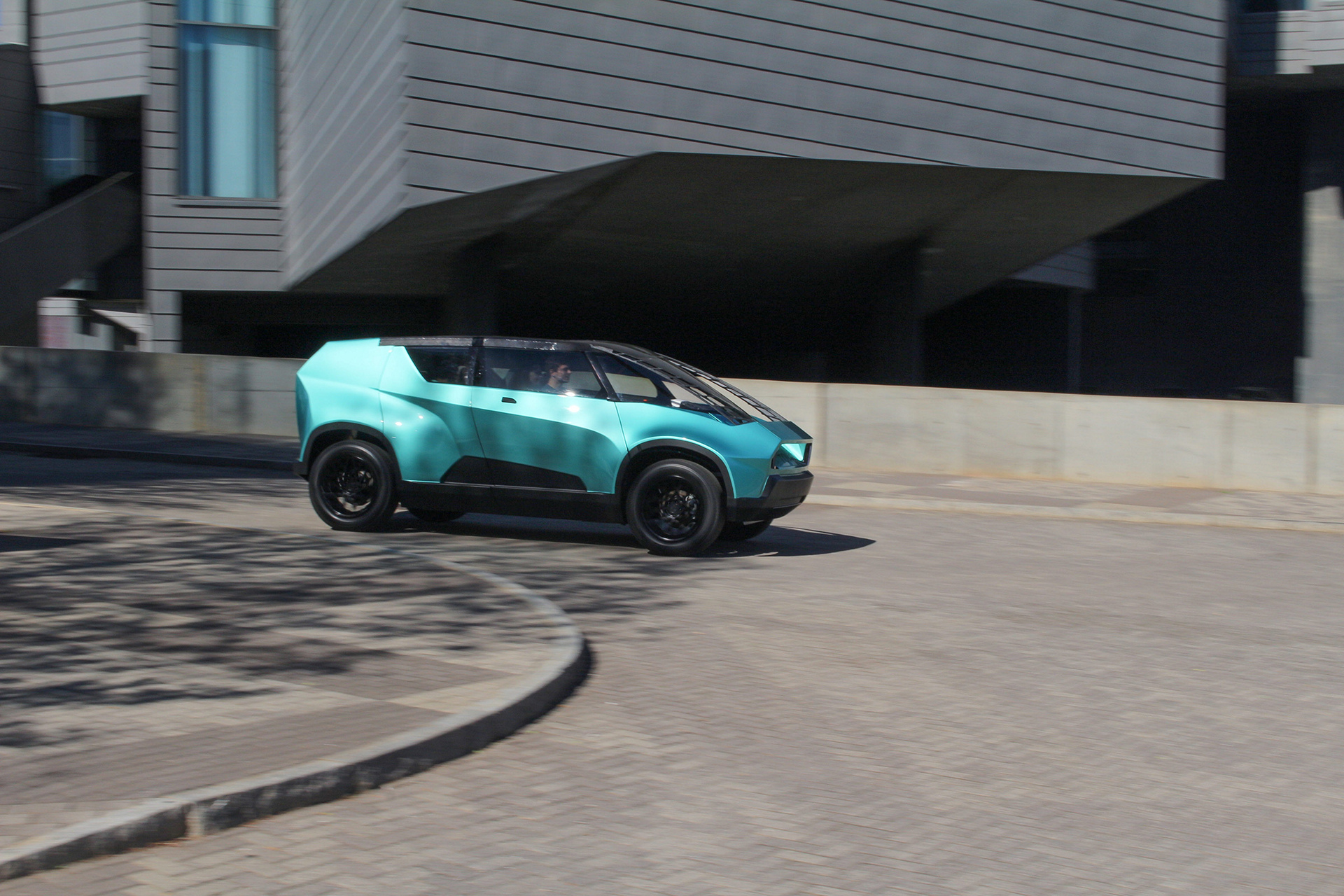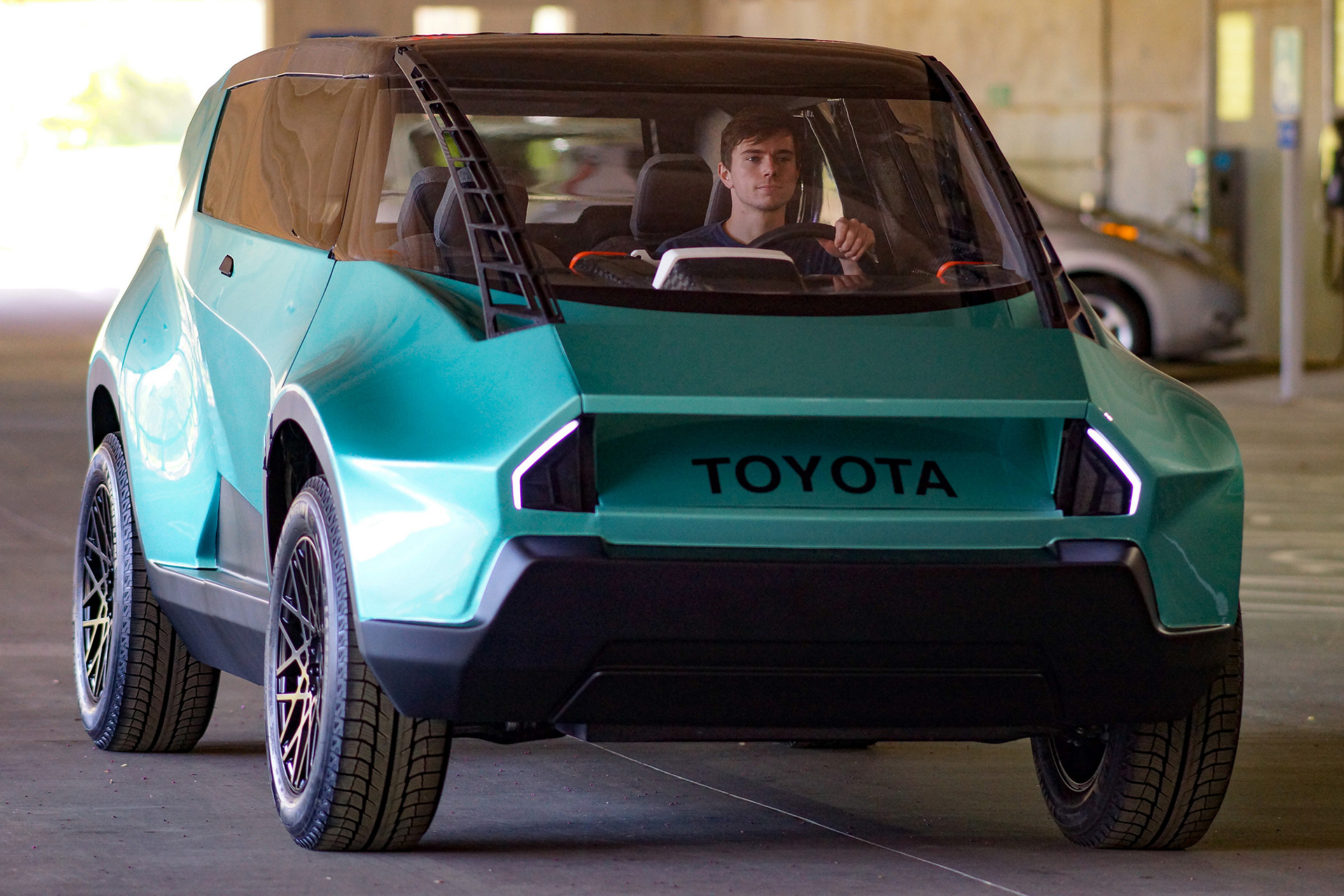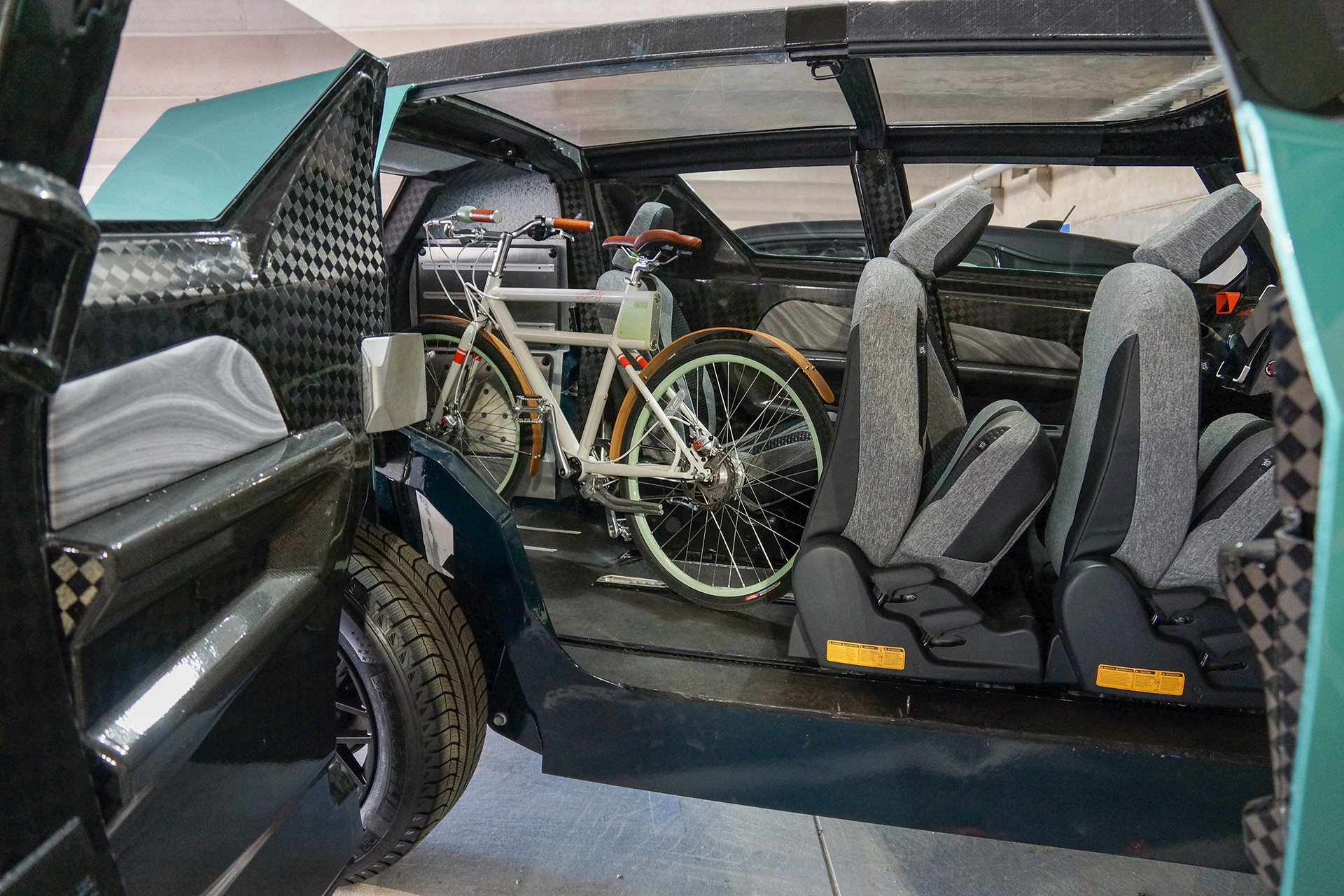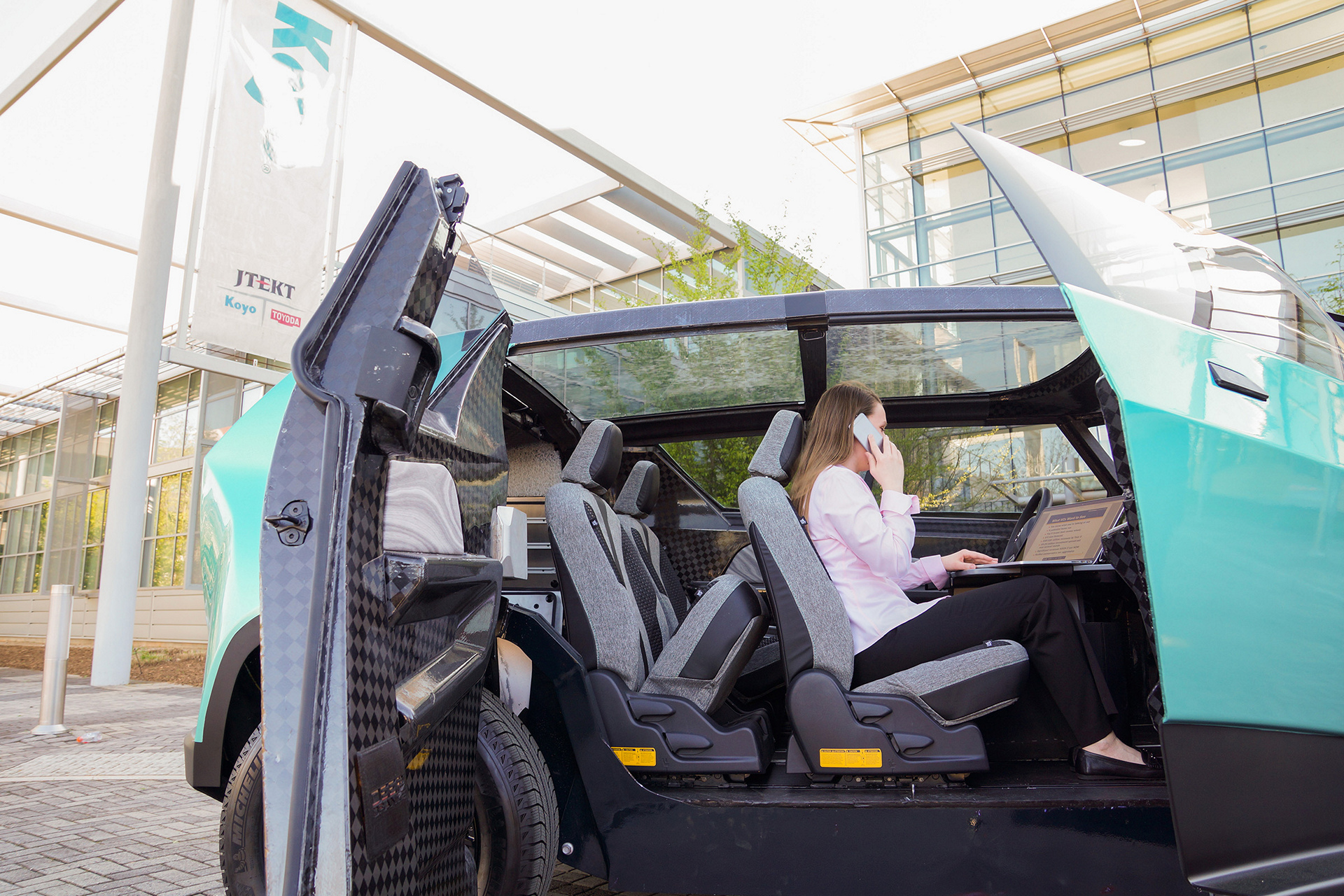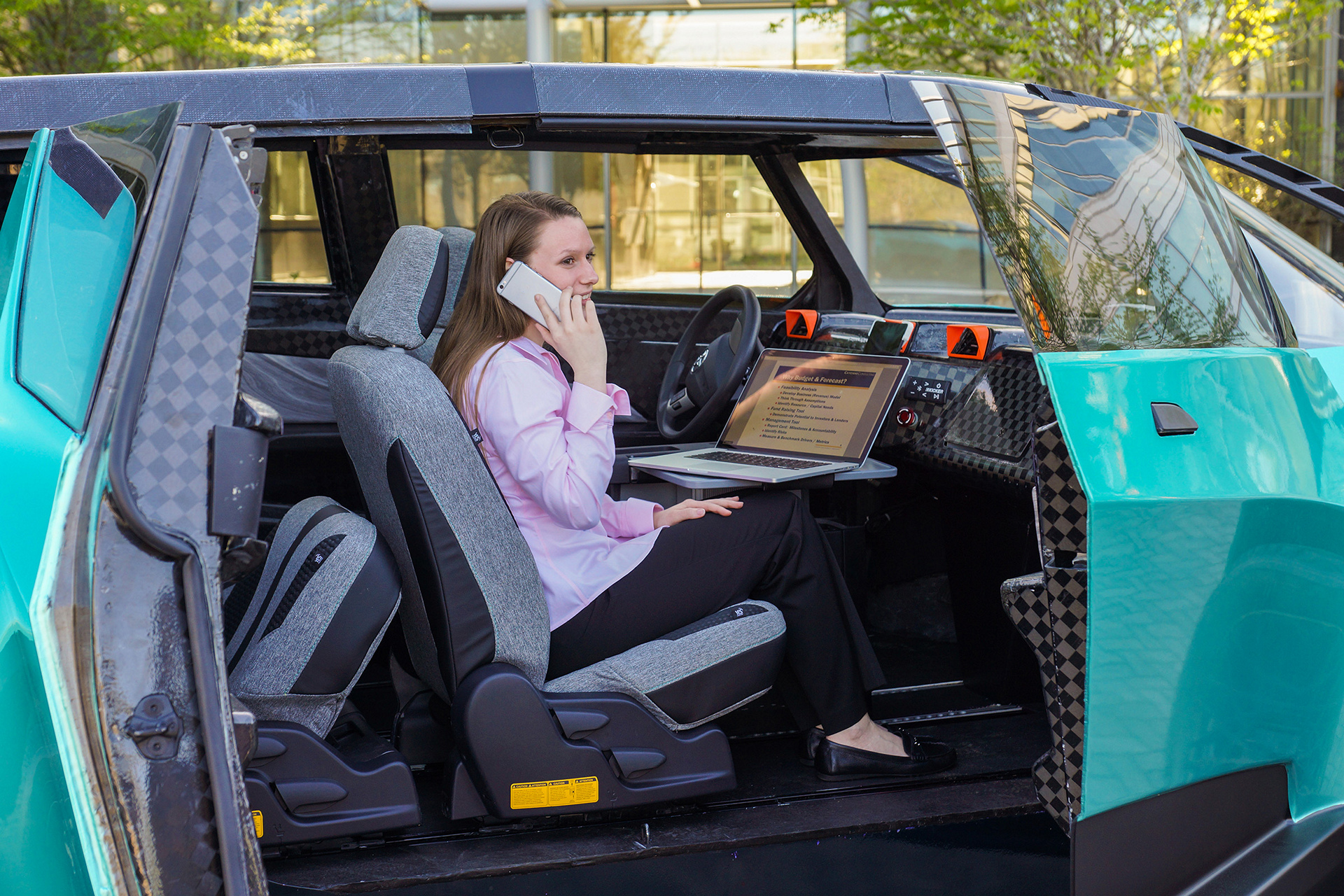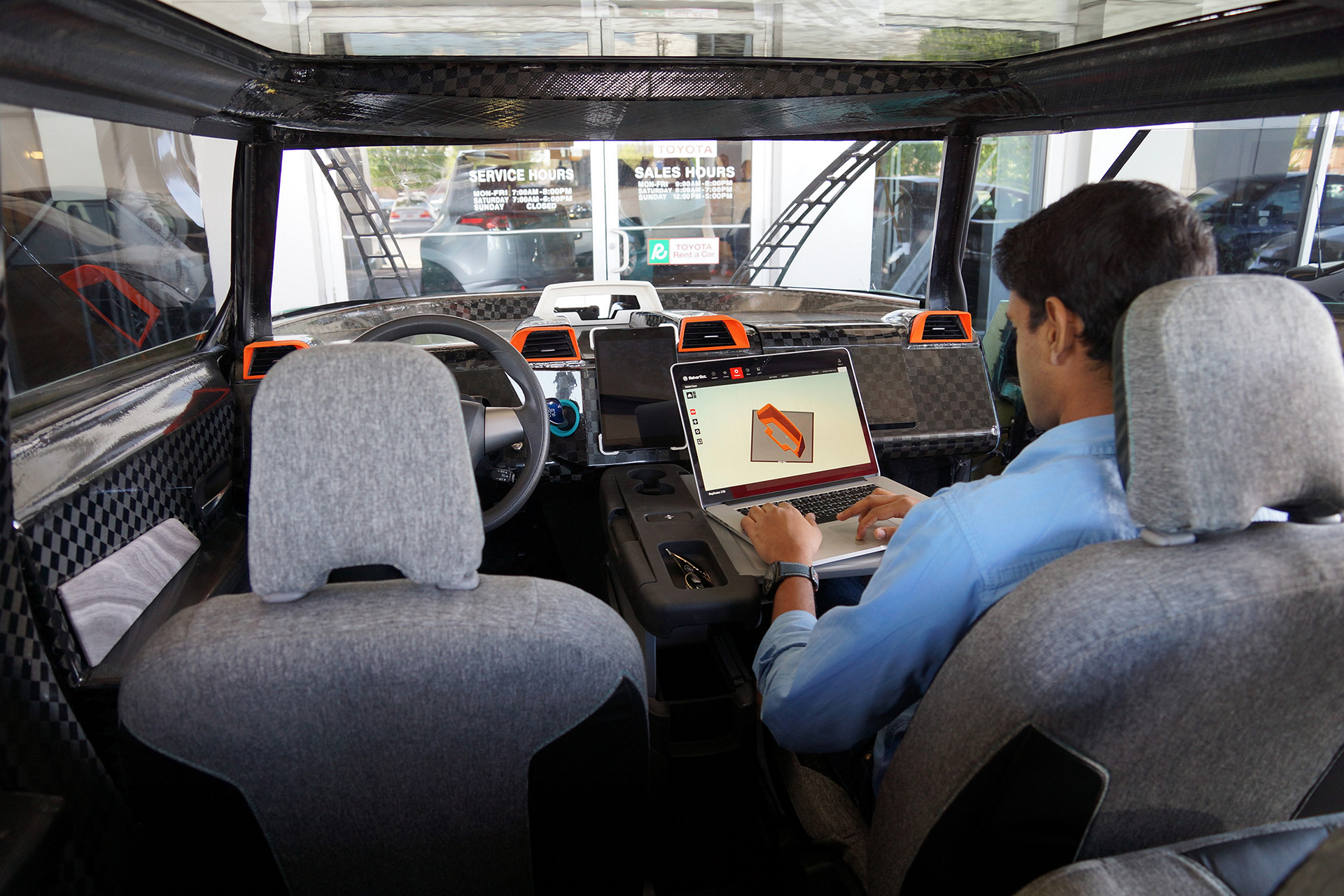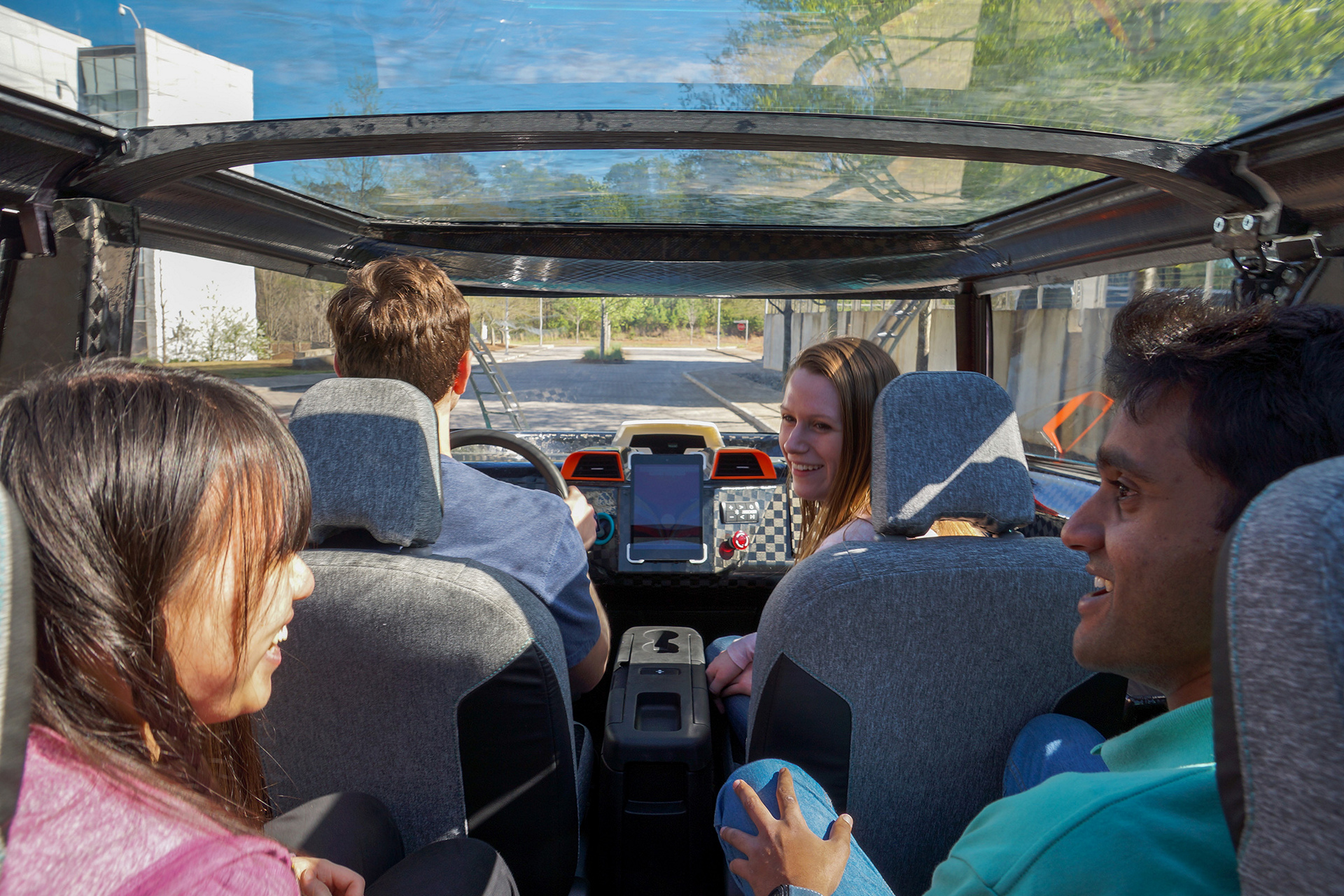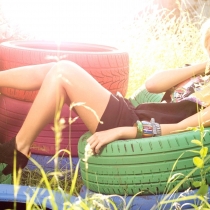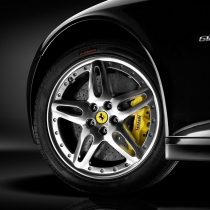Most of Toyota’s North American vehicles are engineered in Southeast Michigan. The newest concept to wear the automaker’s famous badge, however, has its roots firmly planted in the red clay of South Carolina.
Designed, engineered and hand-built by graduate students at Clemson University’s International Center for Automotive Research (CU-ICAR), the vehicle is the result of a two-year collaboration with Toyota Motor North America designers and engineers. The result is an innovative, flexible concept called uBox that is intended to appeal to the next generation of car buyers: Gen-Z.
The CU-ICAR / Toyota collaboration, called Deep Orange, immerses students into every aspect of automotive development – from market research and design studies to engineering design and manufacturing.
“Deep Orange gives students’ hands-on experience with the entire vehicle development process, from identifying the market opportunity through the vehicle build,” says Johnell Brooks, an associate professor in Clemson’s graduate engineering program. “It’s like automotive boot camp for the real world, and it wouldn’t happen without industry partners like Toyota.”
The typical customer for uBox is a young entrepreneur who wants a vehicle that can provide utility and recreation on the weekend but that can also offer office space or other career-centric or lifestyle uses during the week.
Some of the many features of uBox include:
- A bold, youthful and distinctive exterior design that aligns with generation Z’s personality trait to stand out, embodying a muscular stance that looks like it’s sprung forward in motion, even when standing still.
- A versatile interior that can be rearranged for various activities, from working or operating a business, to hauling bulky cargo. A low floor allows for reconfigurable, removable seats on sliding tracks that can be nested.
- Vents, dashboard display bezels and door trim that can be personalized and made with 3-D printing technology, and an online community for owners where they can share design ideas.
- A compact, dual-purpose, all-electric powertrain providing a fun driving experience and emission-free stationary energy to power consumer electronics, power tools or other devices through various 110-volt sockets located throughout the interior and exterior.
One feature in particular caught the attention of Toyota Executive Program Manager Craig Payne, a unique pultrusion technique developed by the students that allows composite carbon fiber rails bonded with aluminum to support a curved glass roof.
“The roof pultrusion was something unexpected and very interesting when they first started talking about the concept,” said Payne. “The fact that they were able to achieve an industry-first manufacturing technique as students speaks volumes for this program.”
“The collaboration with Toyota was extremely fruitful,” said Paul Venhovens, endowed chair for automotive systems integration at CU-ICAR. “The Toyota management team constantly challenged the students with justifying their design and engineering decisions based on brand essence, real-world customers and what the students believed the future would embrace. This experience can simply not be gained from a text book.”

